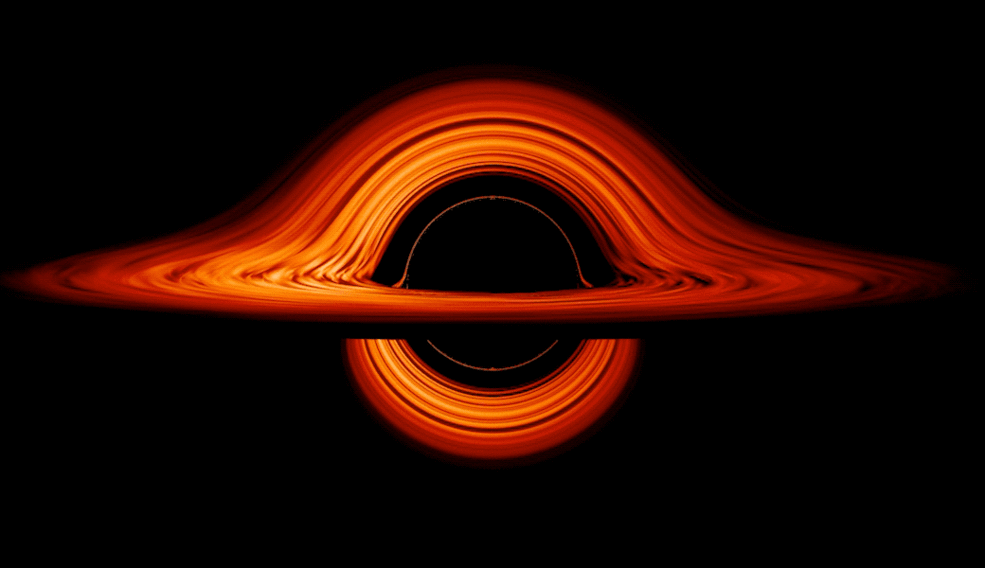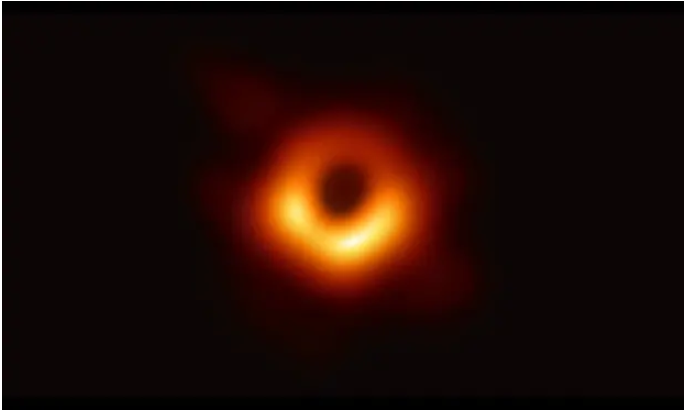Understanding Black Holes: The Enigmatic Cosmic Giants
Written on
Chapter 1: What Defines a Black Hole?
In 2016, researchers from Caltech, Mike Brown and Konstantin Baytgin, proposed the potential existence of a ninth planet in our solar system, theorizing that it might be ten times more massive than Earth. This hypothetical planet could account for the unusual orbits of distant objects beyond Neptune. Despite ongoing searches for this Planet 9, no evidence has been found. In August 2020, a new theory emerged suggesting that the odd trajectories of these celestial objects might be explained by a cluster of bodies, possibly including black holes.
But what exactly is a black hole? Contrary to being a mere void, a black hole is a region in spacetime characterized by such intense gravitational pull that nothing—not even light—can escape its grasp. Consequently, these entities remain invisible to our eyes, hence the name "black hole." Scientists estimate that the smallest black holes could be as tiny as an atom, yet possess the mass of a mountain.
When a massive star, one with a mass exceeding five times that of the Sun, exhausts its nuclear fuel, it undergoes a collapse, resulting in a supernova explosion. This explosion compresses the remaining matter into an incredibly small space, forming a black hole with immense gravitational force. These are known as stellar-mass black holes, which can be up to a hundred times more massive than the Sun.
Notably, our Sun will not meet the same fate, as it lacks the necessary mass. Instead, in approximately five billion years, it will transform into a red giant, potentially consuming Mercury, Venus, and possibly even Earth, before ultimately becoming a white dwarf at about half its current mass. However, that's a distant future.
There are also supermassive black holes, which are extraordinarily large, typically weighing millions to billions of solar masses. Scientists categorize black holes above ten billion solar masses as ultra-massive black holes. Observations have indicated that supermassive black holes exist at the centers of most galaxies, forming concurrently with their host galaxies. Our own Milky Way contains a supermassive black hole, Sagittarius A*, which has a mass equivalent to around four million suns compressed into a small volume, resulting in its extreme gravitational force. Research into the formation of these supermassive black holes continues, with theories suggesting they grow by accumulating matter due to their intense gravity or through mergers with other black holes.
Primordial black holes may have originated from external pressures during the early moments of the Big Bang, potentially leading to the formation of supermassive black holes. Therefore, primordial black holes could represent the initial seeds of the supermassive black holes we observe today.
Interestingly, black holes were first predicted by Einstein's theory of relativity, although he doubted their existence due to the concept's strangeness. The notion of a massive object from which light could not escape was initially suggested by the English astronomer Jon Michell in 1784.
Section 1.1: Evidence of Black Holes
How do we confirm the existence of black holes? The answer lies in their immense gravitational fields. This gravity draws matter into the center of the black hole, where we can observe this material as it emits electromagnetic radiation. Scientists study stars that orbit or pass near a black hole; when these stars come close, they produce high-energy light detectable by satellites and telescopes.
Black holes exhibit several notable features:
Event Horizon
The event horizon is a critical aspect of black holes. It serves as the boundary in spacetime, allowing matter and light to enter but preventing escape. As an object approaches this boundary, it appears to slow down from an outside observer's perspective, taking an infinite amount of time to cross it before ultimately disappearing. However, in reality, this process occurs quickly, often in less than a second. For someone falling into a black hole, time would seem normal.
Singularity
At the core of a black hole lies the singularity—an area where spacetime curvature reaches infinity. This singularity has no volume yet contains all the mass of the black hole. If one were to fall into a black hole, they would experience spaghettification—being stretched until resembling spaghetti before being torn apart and compressed to infinite density, ultimately adding their mass to the black hole. This phenomenon is quite fascinating! Black holes can be either static or rotating, with both varieties possessing a singularity.

Active Galactic Nuclei
As gas and dust from surrounding stars spiral into a supermassive black hole, they form an accretion disk. This disk emits electromagnetic radiation detectable by our instruments. The intense gravity of the black hole compresses the disk to millions of degrees Kelvin, creating a bright active galactic nucleus at the galaxy's center.
Quasars are highly luminous active galactic nuclei where supermassive black holes—millions to billions of solar masses—are enveloped by a gaseous accretion disk. The energy emitted by quasars is immense, and we can detect their electromagnetic radiation through our instruments. A blazar is a specific type of active galactic nucleus that emits a jet of ionized matter traveling nearly at light speed.
For many years, we were unable to observe black holes directly. However, in 2016, scientists detected the merger of two black holes, which produced gravitational waves, a phenomenon also predicted by Einstein. These waves have since been observed from multiple mergers, some suggesting the existence of intermediate-mass black holes—those that fall between stellar and supermassive black holes.

In April 2019, the first direct image of a supermassive black hole and its surroundings was captured by the Event Horizon Telescope Collaboration, revealing a black hole at the center of the supergiant galaxy Messier 87, located fifty-five million light-years from Earth. This image validated scientists' predictions regarding black holes and their event horizons. In September 2020, further analysis of the image compared to earlier data revealed that the brightest spot around the black hole appears to "wobble," offering more insights into these cosmic giants.
Black holes are undoubtedly intriguing and warrant further exploration.
The first video titled "What is a black hole? Astro-Investigates Ep. 1 (Black Holes)" provides an engaging introduction to the concept of black holes, exploring their mysteries and significance in astrophysics.
The second video, "Black Holes 101 | National Geographic," offers a comprehensive overview of black holes, detailing their formation, properties, and the ongoing research surrounding them.
Make sure to check out my video and audio podcast on this topic, and don't forget to visit my website and follow me on social media platforms like Twitter, Facebook, Instagram, Reddit, and TikTok. Subscribe to my YouTube channel for more content!